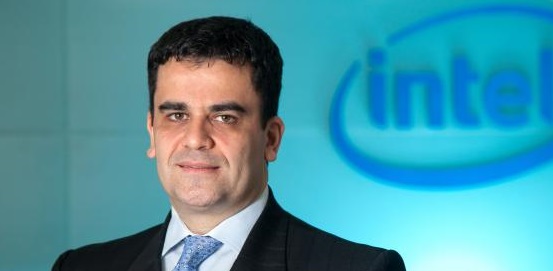
That technology is increasingly present in different areas of our lives is nothing new. Brazilians are one of the most frequent users of technology in the world. Some numbers reveal a growing trend of behavior here: 49.5% of Brazilians have a computer at home; 88.4% are connected to the internet and 57.3% already use mobile devices to access the network2. Brazilians spend an average of five hours a day connected to the web, whether for entertainment, information, work or studies3.
Most of these users are young people, teenagers and children, who are born connected. While our grandparents and even parents used to go to libraries to research subjects from the school program, today the library comes to the student. It is clear that, in this situation, the school has to transform itself in order to fulfill its pedagogical role. In fact, we have already passed the point where it was necessary to convince educators of the need to integrate technology into the classroom. The problem is now another: how to implement and use the tools to improve the teaching-learning process?
If, on the other hand, the school needs to study ways of using the devices to educate, it is the market's role to map and understand its demands, in order to offer solutions that meet pedagogical purposes. On the other hand, although the distribution segment in Brazil is highly developed and efficient, this demand from schools is also a new chapter to create new business opportunities.
The first challenge is the same on both sides: studying. The educator needs to study how to integrate technology into their routine, to help the student better access the curriculum. This change is essential to bring school and student closer. After all, if young people are increasingly connected, a school that does not speak their language does not interest them. The channel, on the other hand, needs to study the users, the pedagogical routines, the curricular structure and the specific commercial mechanisms of the education segment. Only in this way is it possible to raise an efficient proposal for this segment.
A separate chapter is to understand the profile of private schools, with their resources and the background of students' lives, and public schools. The demands and access paths to each of these niches are different. For public education, it is important to understand beyond the school, the mechanism of bidding and public notices.
And the channel's challenge goes a little further, in being able to offer optimized tools for the scenario that was identified. The presence of computers at school is nothing new. Therefore, it is necessary to offer solutions that are not only integrated into teaching but also into the structure of the school. In addition, opportunities are not limited to equipment: security solutions, equipment management, interactivity, internal networks and internet connection, everything is building a new niche to be explored.
Finally, it is important to note that all equipment without software is like a paperweight. It is important to add value to proposals for this market. Mapping and seeking to offer customized education solutions will ensure more success in meeting the pedagogical objectives and also more business for the channel. It is necessary to integrate disciplinary component and technology, using applications and functions dedicated to teaching.













